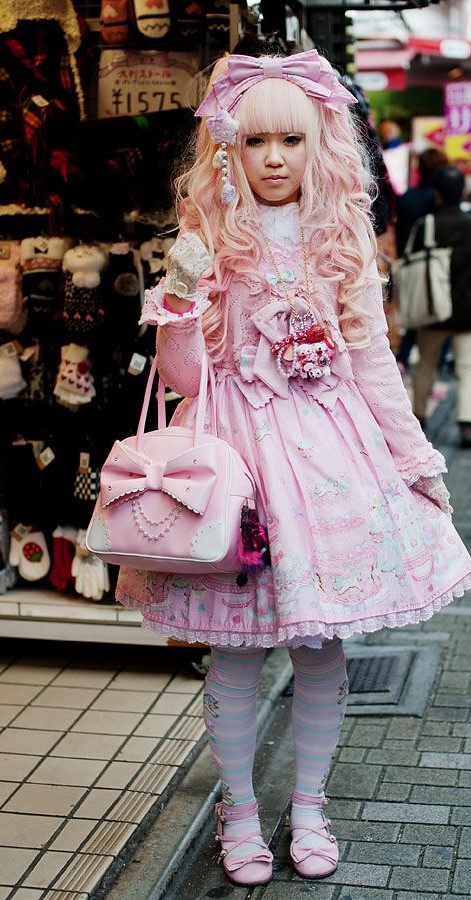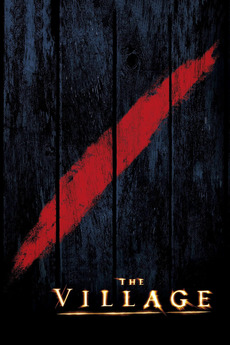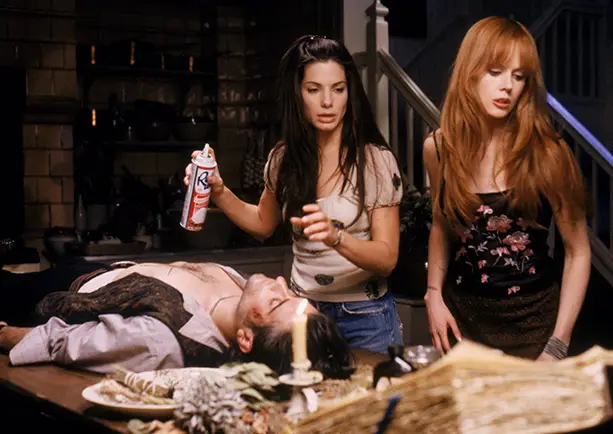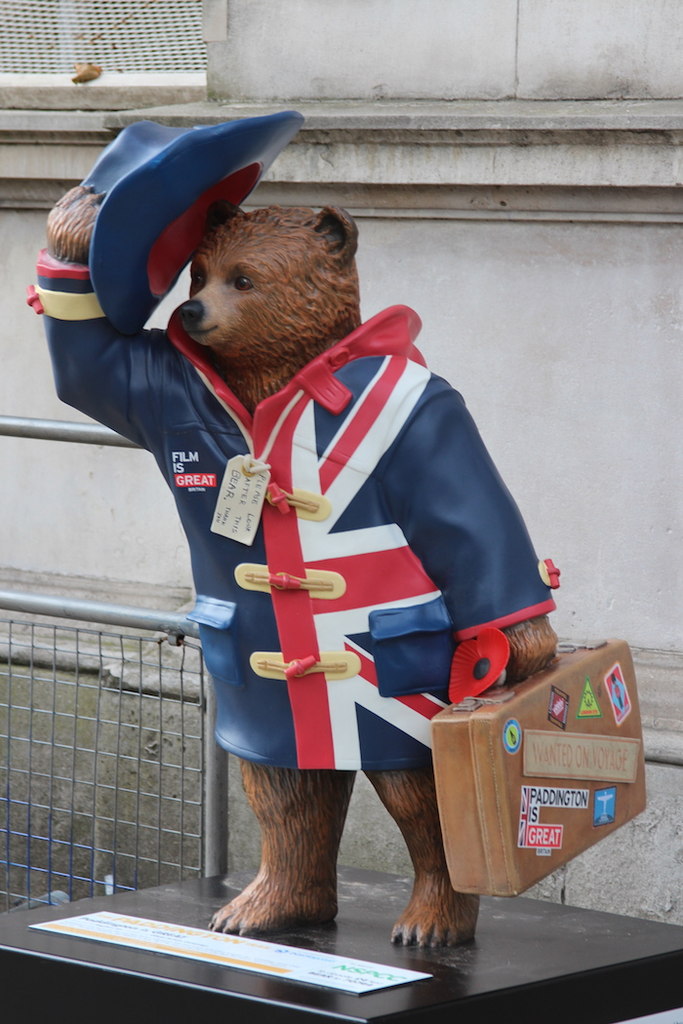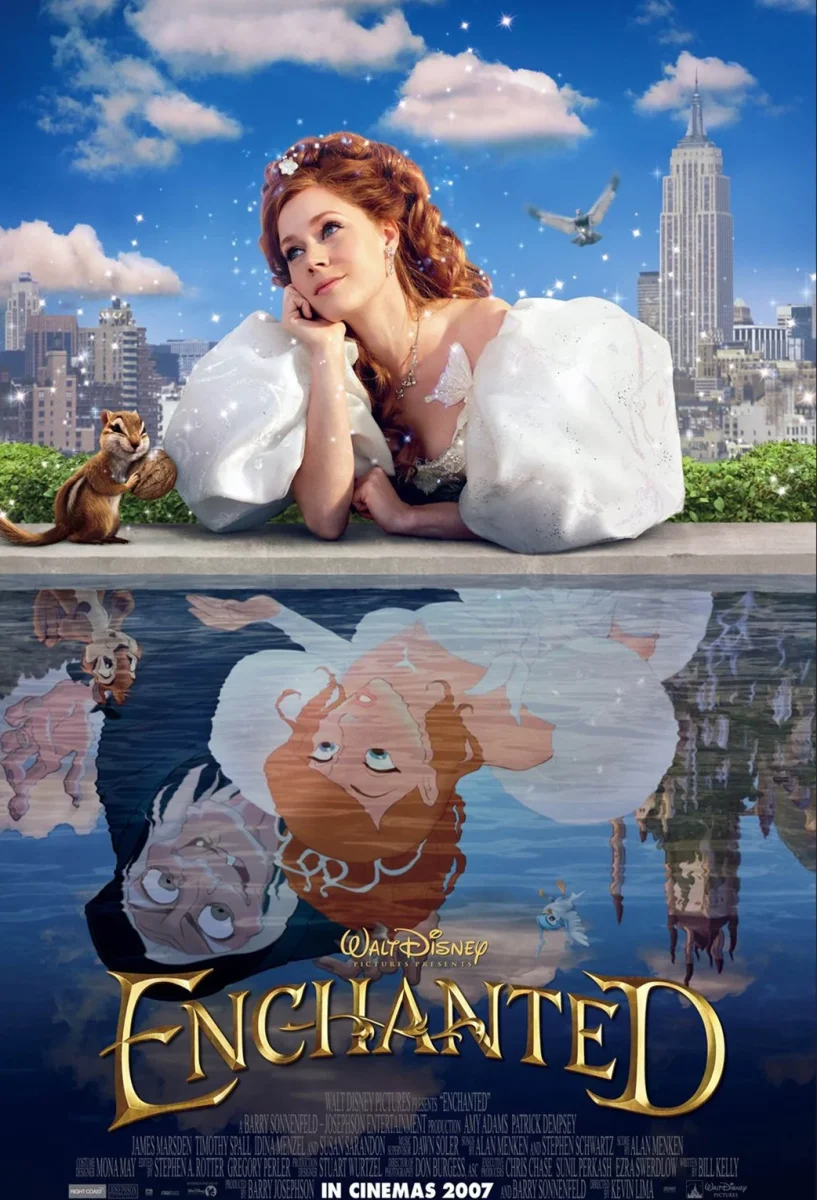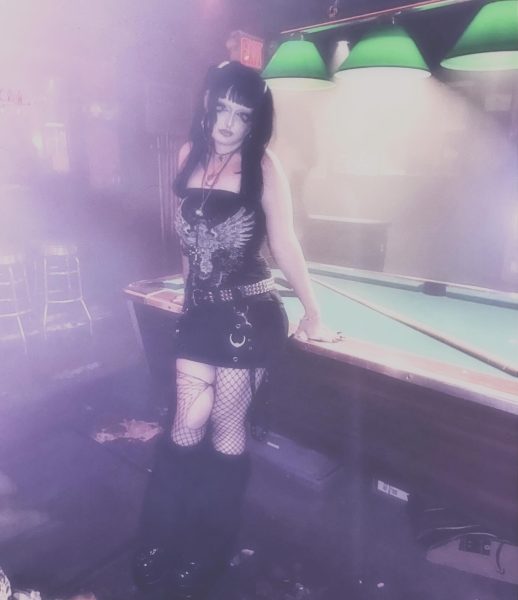In Japan, right outside Shibuya, Tokyo, lies a small fashion haven called Harajuku. Within this little city, a major fashion subculture is born: Lolita. With laces, bows and knee-high socks, Lolita fashion mimics trends from centuries before its birth in a more modern, doll-like way. The coolest kids in Harajuku had the latest Lolita dress. Lolita fashion enthusiasts often gather there on weekends, where they can be seen posing for photoshoots, socializing with fellow enthusiasts and showcasing their latest outfits.
Lolita fashion was formed around the 1970s. Despite the recent development of this fashion subculture, it was initially inspired by 1700s French Rococo-style dresses. These dresses played on femininity, modesty and innocence, hence the name Lolita. Though many misassociate the fashion trend with the novel or movie, it actually takes inspiration from the doll-like innocence and romanticism associated with the term “Lolita.” Rococo fashion is not the only subculture that created Lolita Fashion. Some elements are taken from gothic fashion, and inspiration is drawn from doll dresses.
Lolita focuses heavily on “the silhouette.” Accessories like petticoats and parasols aid in this exaggeration. The standard Lolita dress will be adorned with lace, bows and ruffles and focuses on creating a youthful, softer and innocent appearance. Many different types of “Lolitas” have derived from this subculture, like Gothic Lolita, a darker spin on the original idea and Wa Lolita, a more traditional Japanese spin. Wa Lolita utilizes modernized kimonos shortened to look like dolls’ dresses.
Lolita dresses are usually expensive and cost between $100 and $500. They’re incredibly meticulous to make and time-consuming. However, the product is always worth the money and time. This subculture is like dolls come to life. Makeup always compliments the dresses by accentuating big eyes and slimming the rest of the facial features. Feminine accessories like bows, lacey headdresses and cute white or black tea gloves are always necessary. Shoes can range from high to low, but they must always be heeled, and the more bows, the better!
In Harajuku, stores that launched the Lolita subculture into the spotlight, like Milk (1970), Pink House (1973) and Angelic Pretty (1979), are all still open today and even offer shipping to the United States. However, if you’re not in Japan, Lolita dresses may be more challenging to come by. If you’re on the hunt to find a dress in person, AnimeCon, ComicCon and other Cons in the city usually have sellers who hand-make their own dresses. Every Lolita beginner falls for the Amazon dresses, but don’t! Their prices are too expensive for the costume-like material you’ll receive. Sites like My Lolita Dress and Glitzy Wonderland offer free shipping and are ten times the quality Amazon offers. You can also find resellers in China who sell for less. Though Lolita isn’t a music genre, the band Malice Mizer was iconic for dressing up in Lolita and Visual Kei clothing, a style that mixes scene and glam rock aesthetics. Their songs have a baroque sound that encapsulates the Lolita style, so check them out!

